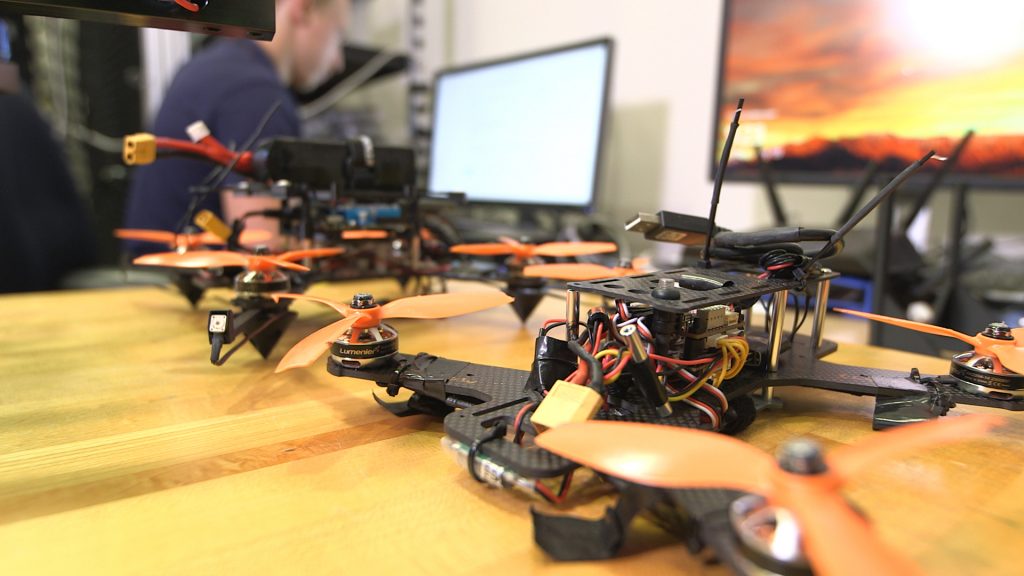2010s
Advancing technology for national security
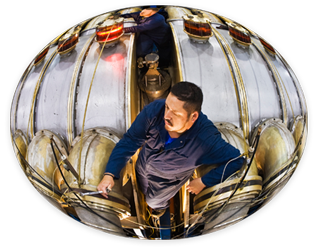
The High Energy Radiation Megavolt Electron Source (HERMES) III pulsed power facility. In 2013, Sandia received a Sustainability Award for improvements in emissions from the HERMES III and Saturn pulsed power facilities.
2010
May 1, 2010
Consulting on oil leak in the Gulf
At Secretary of Energy Steven Chu’s request, representatives from Sandia, Lawrence Livermore National Laboratory, and Los Alamos National Laboratory reported to BP’s crisis center. The laboratories supported BP in stopping the flow of oil from the Macondo Well following the accident on April 20, which destroyed the Deepwater Horizon rig. In addition to technical support, Sandia acted as facilitator and integrator for the team’s interactions with BP and the government.
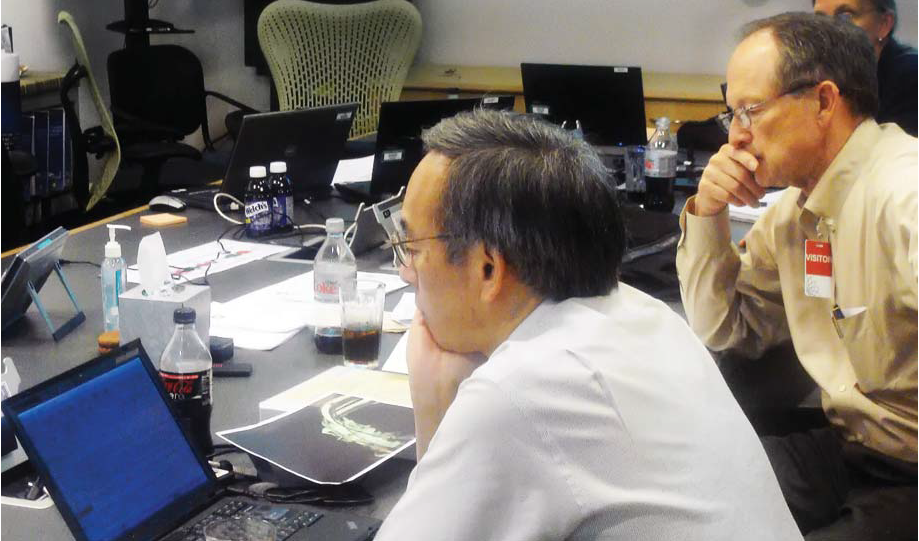

July 9, 2010
Paul Hommert became Sandia Corporation President & Sandia Director
Focus on Sandia’s strategic direction has been central to Paul Hommert’s tenure as president and Laboratories director. As a result, five carefully thought out strategic objectives permeate all facets of our decision-making process. With the objectives in mind and in partnership with his leadership team, Dr. Hommert has steered a steady course for Sandia and, gradually, has brought about growth at a time of unprecedented turbulence and shifting programmatic dynamics. Indeed, a significant expansion in nuclear weapons work, driven by the effort to modernize the nation’s stockpile, has been a strong incentive for a new generation of talented scientists and engineers to start their careers at Sandia and serve the nation. And during this period of changing national-security imperatives, Sandia has continued to broaden its role in matters of national security.
August 23, 2010
Ion Beam Laboratory opened to extend Sandia’s materials analysis capability
The new Ion Beam Laboratory (IBL) opened to extend Sandia’s materials analysis capability. IBL’s six accelerators can generate ions of every element in nature from one electron volt to 400 million electron volts. Research includes microscopic diagnostics of the radiation sensitivity of integrated circuits, simulation of the effects of the enormous fluxes of neutrons associated with nuclear detonations to provide data that will help protect U.S. electronics against such an occurrence, and assistance with calibrations and certifications for the nuclear stockpile. The new facility replaced the existing 55-year old temporary laboratory in which Sandia’s ion beam research had been conducted.
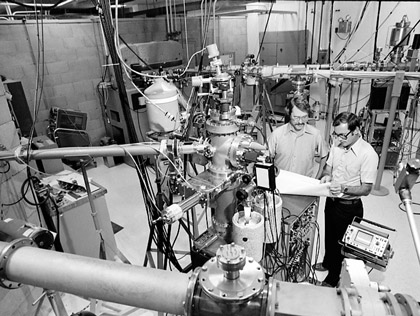
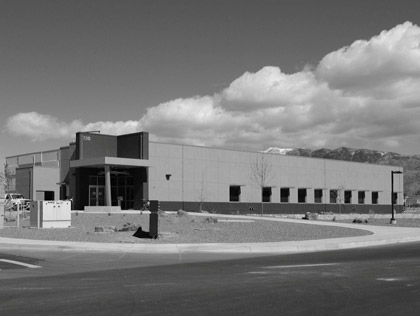

2010
Emulytics™ platform introduced
To provide cyber analysis and cyber training on large-scale, heterogeneous networked systems, Sandia developed the Emulytics™ platform in 2010. Emulytics™ combines emulative network computing with analytics, offering testbeds for cyber analysis without interfering with operating production systems. Since 2010, the portmanteau of tools has grown and Sandia has provided its testbed and tech to a variety of academic, government, and industry entities.
2011
January 1, 2011
Sandia and Cray agreed to partner and tackle big data issues
Sandia and Cray signed a cooperative research and development agreement (CRADA) to form the Supercomputing Institute for Learning and Knowledge Systems (SILKS) to tackle big data issues. Expected to leverage the strengths of both Sandia and Cray, SILKS makes software and hardware resources available to researchers who focus on analyzing huge collections of data.
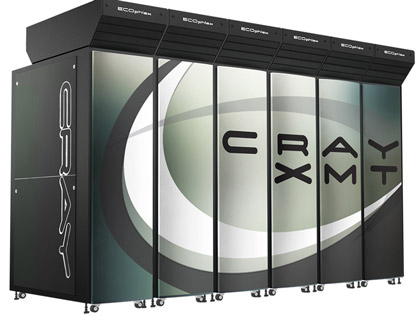
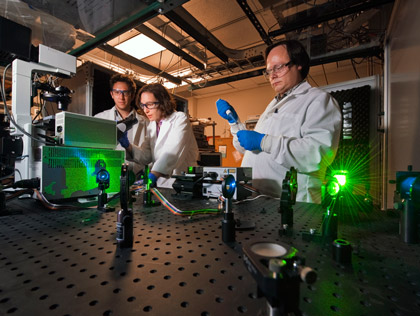
May 16, 2011
Sandia announced researchers develop super-resolution microscopy technique
Sandia announced its researchers had developed a super-resolution microscopy technique that reveals previously unseen details of the cell membrane. Initially used to address questions about how and why a cell’s defenses fail against some invaders, such as plague, while successfully fending off others, such as E.coli, the technique may lead to new diagnostic, prevention, and treatment techniques.
July 27, 2011
Sandia plan to move wind energy projects test facility to Texas Tech University released
Sandia revealed plans to move its wind energy projects test facility to Texas Tech University. Sandia, Texas Tech, and Group NIRE established a three-way research agreement to operate the wind energy test facility. Researchers expected to pursue experimental work in turbine-to-turbine interactions, evaluate innovative rotor technologies, and investigate areas such as aeroacoustics, aeroelasticity, and structural health monitoring using embedded sensor systems.
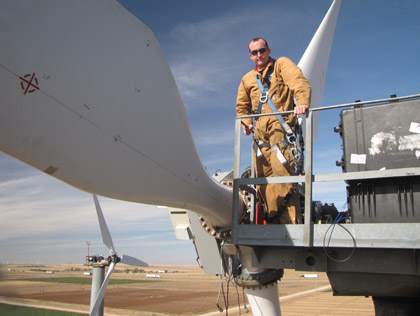
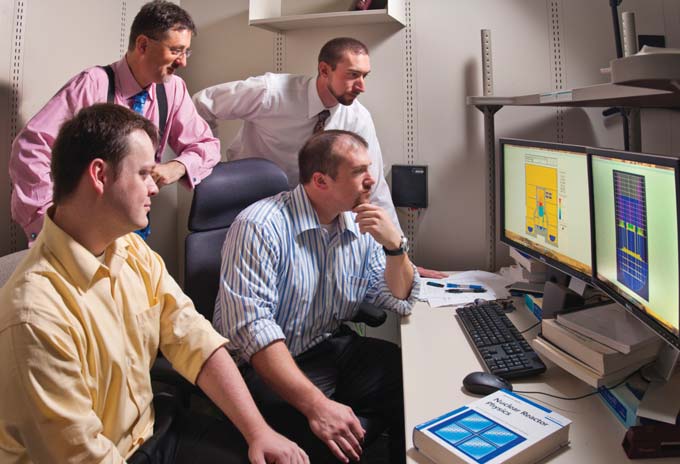
2011
Conducted emergency response analysis for Fukushima Daiichi Nuclear Power Plant
After the catastrophic failure of the Fukushima nuclear power complex in 2011, Sandia provided analysis of the reactor condition and plume migration for emergency response using severe accident modeling. Personnel from Industrial Hygiene & Radiation Protection and Critical Asset Protection & Security also served on DOE’s home team responding to the crisis by, for example, coordinating and managing the receipt and analysis of more than 10,000 field samples from Japan. Later, Sandia-developed and UOP LLC-licensed crystalline silico-titanates were used to remove radioactive cesium from contaminated seawater.
2012
January 13, 2012
Announcement of potentially revolutionary effects of Criegee biradicals
A joint Sandia-UK team announced the discovery. The data is expected to substantially impact existing atmospheric chemistry.
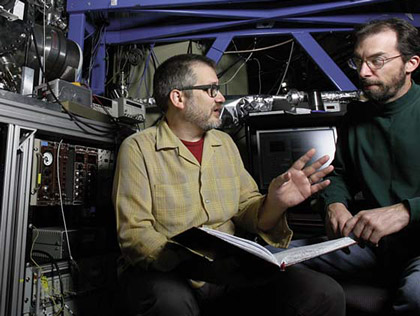
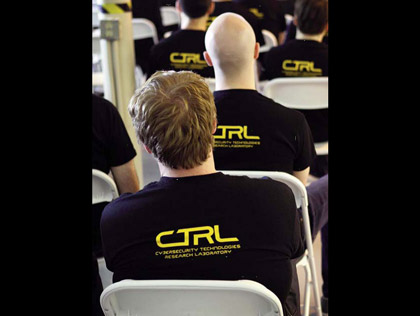
June 12, 2012
Cyber Technology Research Laboratory opened
Opening in Livermore Open Valley Campus, the Cyber Technology Research Laboratory (CTRL) was the first facility in the Cyber Engineering Research Institute (CERI). Spanning both Sandia lab sites, CERI includes CTRL and the Cyber Engineering Research Laboratory (CERL) facility, which opened the following year in the Sandia Science & Technology Park in Albuquerque. A timely addition to Sandia’s national security research capabilities, CERI was created to coordinate with industry and universities on cyber security issues and solutions.
June 12, 2012
Grand opening of Cybersecurity Technologies Research Laboratory
Sandia held a grand opening event for the new Cybersecurity Technologies Research Laboratory (CTRL) at SNL/CA. The CTRL was built to provide an open yet controlled area for cybersecurity professionals from the Bay Area and across the country to meet and discuss critical cyber research issues.
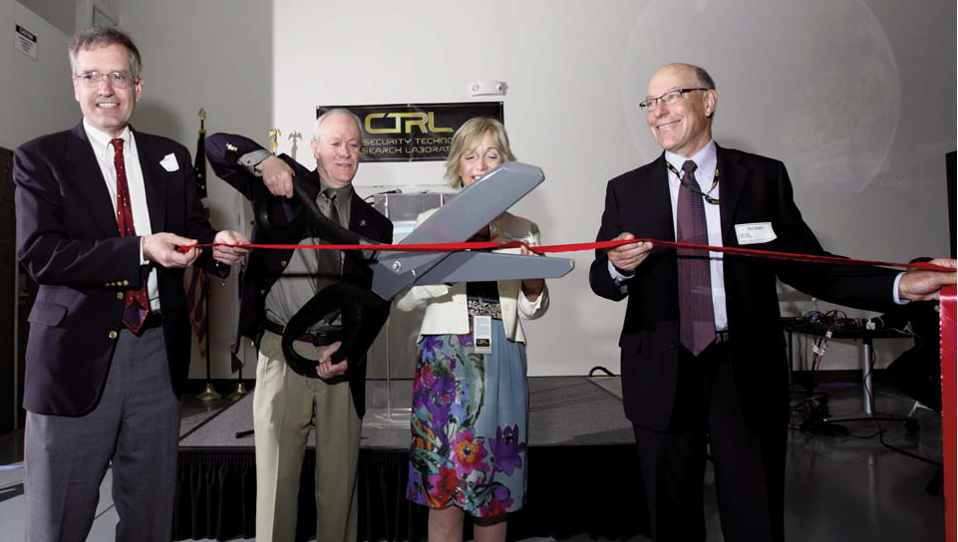
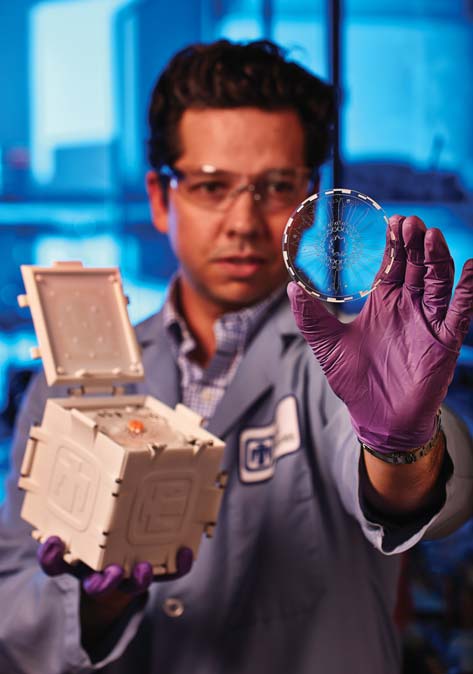
2012
Introduced SpinDx
As part of Sandia’s ongoing biodefense work, which had earlier produced the MicroChemLab and RapiDx, researchers introduced SpinDx. SpinDx can run assays for various toxins and other substances quickly and cheaply. It can also provide critical patient data analysis in a matter of minutes. and bio-detection portable instrument for running assays.
Quickly licensed to multiple companies, SpinDx was developed further over time. With both medical and non-medical applications, it can be used for a variety of lab screening tests and is easily used in a lab or in the field by people with minimal training.
2012
Sandia Hand introduced
Sandia’s High Consequence, Automation, & Robotics group collaborated with Stanford University and Lunar to develop The Sandia Hand for the Defense Advanced Research Projects Agency (DARPA)-sponsored Autonomous Robotic Manipulation (ARM) Program. With increased dexterity compared to existing robotic hands, the low-cost robotic hand is capable of very complex manipulation tasks. The low cost increases availability.

2015
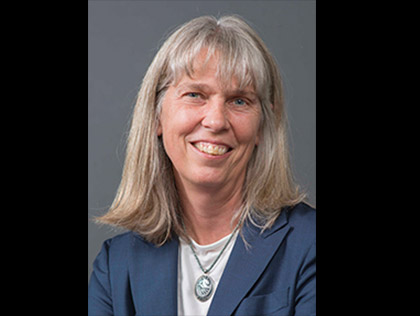
July 17, 2015
Jill M. Hruby became Sandia Corporation President
Jill Hruby led Sandia with a focus on integrating Sandia’s multiple mission areas and building stronger partnerships with external customers. During her tenure, she ensured Sandia was seen as a trusted, expert partner in matters of national security. Hruby was the first woman to head a national security laboratory and was widely recognized as a strong role model for women in general and in STEM careers, in particular. Before becoming Labs director, Hruby spent more than three decades at Sandia, serving in fields such as nuclear weapons, nuclear security and nonproliferation technologies, chemical and biological defense and security, counterterrorism, energy technologies, and materials and engineering sciences.
September 2, 2015
RITS-6 fired 2000th shot
Started as a demonstration system in 2000, the Radiographic Integrated Test Stand (RITS) has been a six-cavity accelerator since 2006. It is a radiation-generating device that can produce an electron beam in excess of 10 megavolts. This produces an intense burst of X-rays for radiographic imaging of dense objects. It is also a testbed for flash X-ray sources.
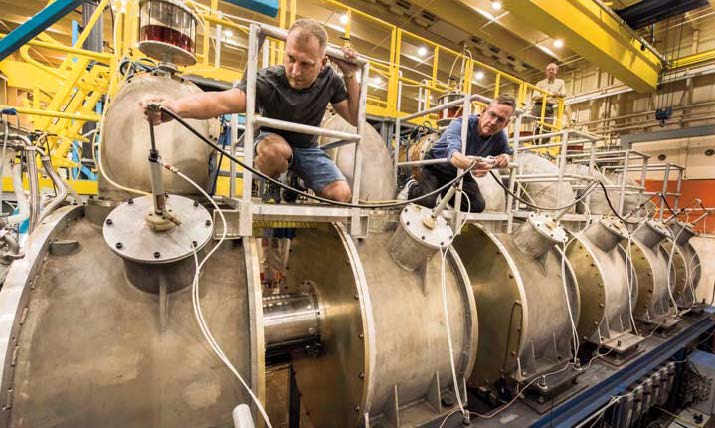
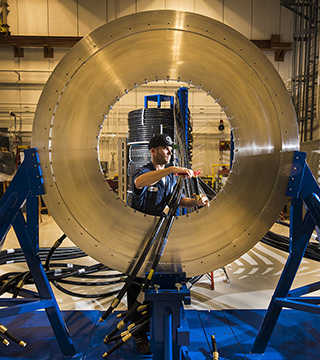
November 2015
Thor introduced
Sandia introduced Thor, the youngest of the Labs’ pulsed power machines. Built to study materials under extreme pressures, Thor’s design allows it to fire up to five times daily, investigating materials by means of its electrically pulse-generated magnetic fields. Thor deploys a more efficient architecture than the Z Machine, replacing Z’s Marx generators with much smaller LTD drivers. These units include capacitors capable of discharging current in a 100-nanosecond pulse immediately. In addition to hosting experiments on materials, Thor is a testbed for the LTD technology.
2015
Counterfeit Detection Center established
Sandia applies its knowledge of microelectronic design to assess components at the micro and macro level to look for counterfeits and verify the microelectronics supply. In 2015, Sandia established the Counterfeit Detection Center, which allows a group of sponsors to use Sandia’s deep understanding of microelectronics to assess components from the micro to the macro level looking for counterfeits and to counter cyber threats.
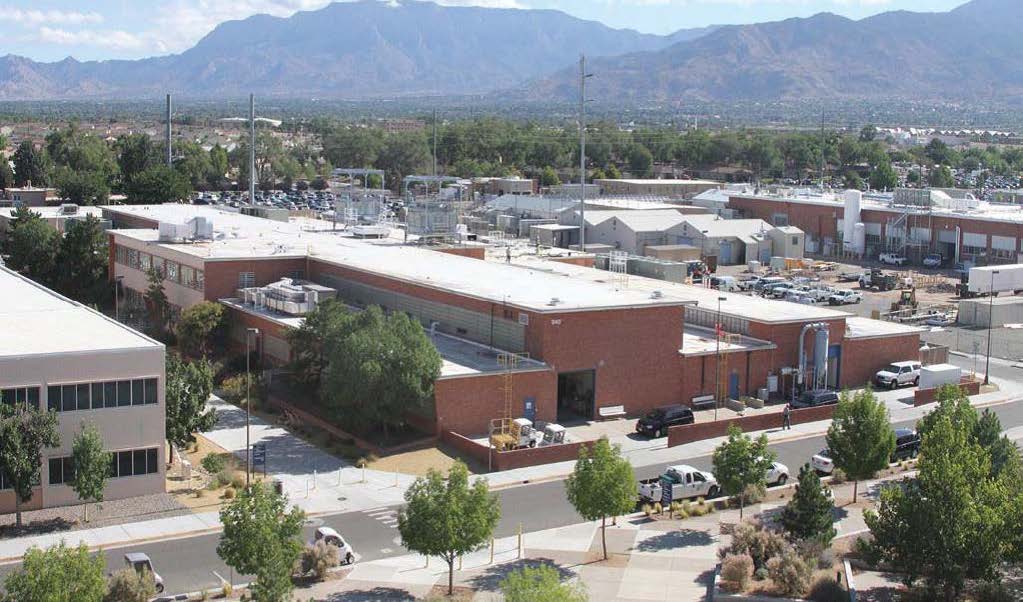
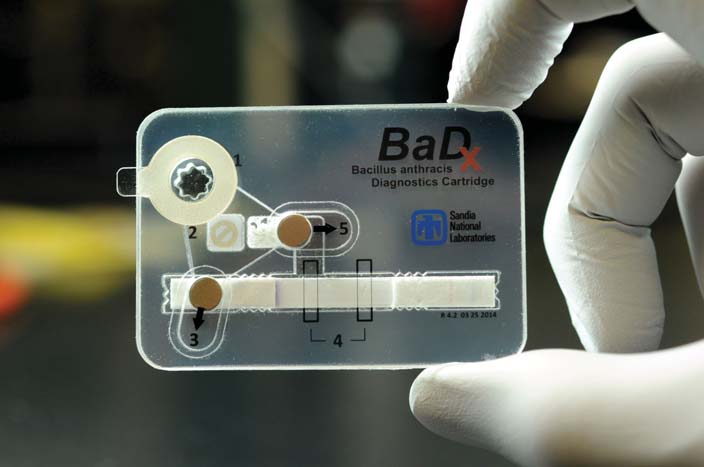
2015
BaDx named one of the year’s top 100 tech innovations
Popular Science named Sandias BaDx diagnostics system—a standalone, compact, and self-destructing device to detect anthrax—one of the year’s top 100 technology innovations. The credit card sized tool allows for safer, faster, and cheaper testing for anthrax.
2015
Began development on the Mobile Guardian Transporter
Sandia began development on the Mobile Guardian Transporter (MGT) for NNSA’s Office of Secure Transportation. MGT is the third-generation secure system for over-the-road transport of weapons and special nuclear materials within the U.S.
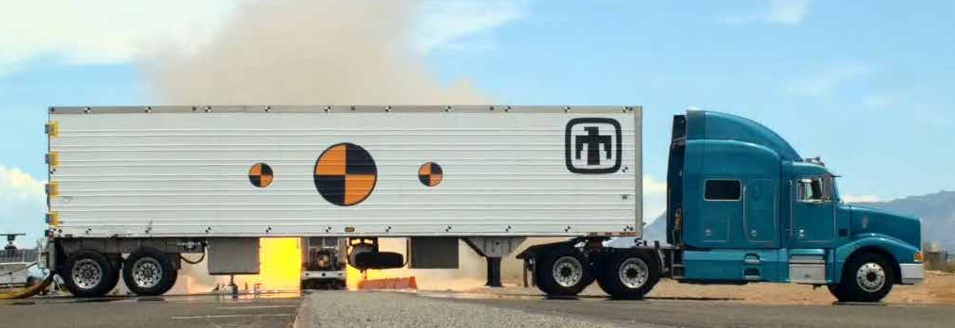
2017
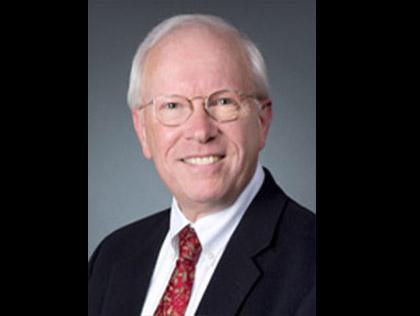
May 1, 2017
NTESS undertook management of SNL
National Technology and Engineering Solutions of Sandia, LLC (NTESS), a wholly owned subsidiary of Honeywell International, Inc., assumed management of Sandia National Laboratories. Dr. Stephen Younger was named Laboratory Director and brought a new leadership team to the Laboratories, including Deputy Director David Douglass. Together, they brought nearly 70 years of national security experience to SNL leadership. During his tenure, Steve led the Labs through unparalleled growth of staffing levels and unprecedented amount of work and focus on hypersonic delivery systems and the nation’s nuclear weapon life-extension programs.
2019
April 2019
First meeting of Autonomy New Mexico
In spring 2019, a Sandia-led academic research coalition formed to create artificially intelligent aerospace systems. AutonomyNM held its first conference in April 2019 at the University of New Mexico. The group brings together expertise from different aspects of autonomous systems technology, all of which require a range of technologies (e.g., advanced computing, machine-learning algorithms, navigation systems, robotics, sensors, navigation systems, and artificial intelligence) to successfully operate without human input. The coalition includes the Georgia Institute of Technology; Purdue University; the University of Illinois, Urbana-Champaign; the University of New Mexico; Stanford University; Texas A&M University; The University of Texas at Austin; and Utah State University.
